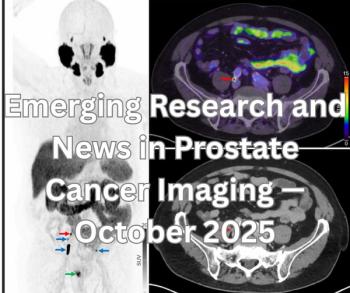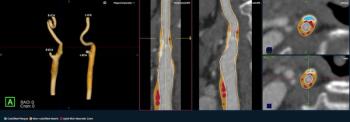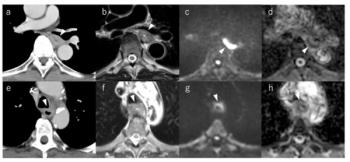
E.Cam spurs market resurgence at Siemens' nuclear medicine unit
It's been a long road back, but the nuclear medicine group of Siemens Medical Systems can finally claim to have accomplished its long-awaited turnaround. Executives with the Hoffman Estates, IL, division are reporting a return to market share and revenue
It's been a long road back, but the nuclear medicine group of Siemens Medical Systems can finally claim to have accomplished its long-awaited turnaround. Executives with the Hoffman Estates, IL, division are reporting a return to market share and revenue growth due to brisk sales of its E.Cam variable-angle gamma camera, which is enjoying stronger than expected sales.
Revenues for the nuclear medicine group are three times what they were last year before E.Cam began shipping, and orders have doubled over the same period, according to Barbara Franciose, group vice president. The company has shipped 100 E.Cams since deliveries began in May.
That's good news for a division that once was nuclear medicine's worldwide market-share leader, but that had fallen on hard times in the 1990s. At one point in the late 1980s, the division had a worldwide market share in the upper 30s, according to Randy Weatherhead, vice president of marketing.
The rapid rise of dual-head gamma cameras, especially of the variable-angle variety, caught the division by surprise, however. The unit was also slow to commercialize other new technologies, such as digital detectors and attenuation correction, and saw its worldwide market share sink to around 16%. In the U.S., where ADAC Laboratories has been particularly strong, Siemens' market share fell to around 10% to 11% (the figures do not include revenues from the group's PET business).
Siemens put Franciose in the group's chief executive position in late 1995 with the mission of moving products from the R&D lab to market more quickly. To accomplish this, Franciose established processes that enabled the company to ramp up E.Cam production much more quickly than it ,might have in the past. For example, the company implemented a process to conduct software development simultaneously with system integration. Such improvements enabled Siemens to ship 100 E.Cams soon after beginning production shipments, according to Franciose.
E.Cam volume is leading to a rapid improvement in the group's position in the gamma camera market. Based on reports through June from the National Electrical Manufacturers Association, Siemens believes that its U.S. market share over the last three months is now in the upper 20s, while its global market share is approaching 30%. The company believes it took share over this period from ADAC, Picker, and SMV, Franciose said.
The resurgence of the nuclear medicine market in the U.S. has also helped the company. Siemens estimates that the U.S. market year-to-date through June is up 14% in unit volume and 25% in dollar volume. A major factor in the rebound is the fact that hospitals are looking to replace gamma cameras that have aged during the three-year nuclear medicine purchasing slump.
"The average age of equipment has grown over those years," Franciose said. "People have been hesitant since 1993, when the market declined. Now a lot of our customers say they have a 13-year-old camera, and they just can't deal with its age and its productivity anymore."
The recent spate of consolidation in nuclear medicine has helped put most companies in more competitive positions, Franciose said. Including the various partnerships, such as between GE and Elscint and between Siemens and Toshiba, most of the parties left in the market have shares of at least 20%, she said. E.Cam sales should rise even higher as Toshiba begins to sell cameras under the agreement signed between the companies in March (SCAN 4/2/97). Shipments of Toshiba E.Cams should begin in about a month.
Siemens will continue to churn out new technologies over the next few months, several of which will be reaching the market after experiencing some delays. The company is in beta testing for its Profile attenuation-correction technique for SPECT imaging, and Siemens expects to begin shipments in 1998, according to Weatherhead. The division also received 510(k) clearance in early September for its version of coincidence detection, which will go into beta testing early next year.
The company also plans to unveil a new single-head version of E.Cam at this year's Radiological Society of North America meeting, according to Franciose. The single-head E.Cam will become the third member of the E.Cam family, joining a fixed-angle dual-head system introduced at the 1997 Society of Nuclear Medicine meeting (SCAN 5/28/97). The new cameras are evidence that the changes in engineering processes at the group are paying off with the quick introduction of new products, Franciose said.
Despite the emphasis on new product development, Siemens does not intend to win a reputation as the first to market with new technologies; rather, the company plans to take a measured pace to product development to ensure that the technologies it introduces take the best approaches to clinical problems.
"We want to be quick to have a lot of different technologies available to customers, but we probably won't be the first to (introduce new technologies)," Franciose said. "We want to prove it and make sure it's clinically sound."
Newsletter
Stay at the forefront of radiology with the Diagnostic Imaging newsletter, delivering the latest news, clinical insights, and imaging advancements for today’s radiologists.

































